When reptile owners or wildlife facilities transfer snakes from one environment to another, they sometimes encounter a puzzling and concerning behavior: voluntary starvation. Despite being offered appropriate food items, some snakes will refuse to eat for weeks or even months following a relocation. This phenomenon, while distressing to keepers, represents a complex interplay of evolutionary adaptations, stress responses, and environmental sensitivities unique to these remarkable reptiles. Understanding why snakes might choose starvation over nutrition during periods of transition not only helps improve captive care protocols but also offers fascinating insights into reptile psychology and survival strategies. In this article, we’ll explore the multiple factors that contribute to feeding refusals during captivity transfers and what snake keepers can do to mitigate these challenges.
The Evolutionary Basis of Feeding Refusals
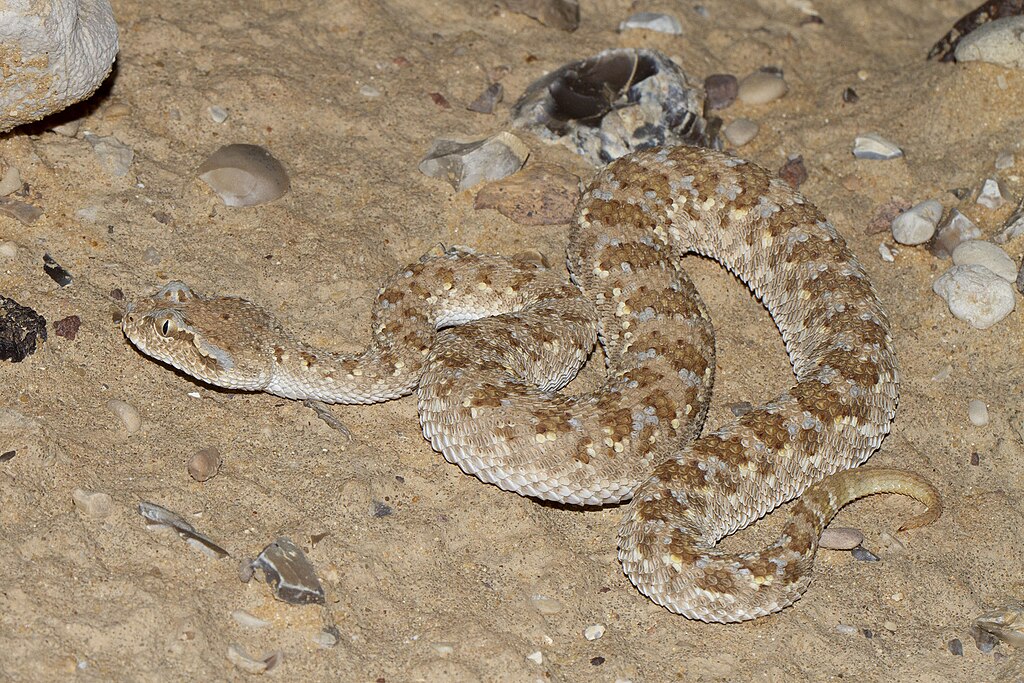
Snakes have evolved over millions of years to become highly specialized predators with unique feeding adaptations. Unlike mammals that require regular meals, most snake species have remarkably slow metabolisms that allow them to go extended periods without food—sometimes months—without suffering health consequences. This evolutionary adaptation helped wild snakes survive seasonal food scarcity and environmental challenges. When a snake perceives its environment has changed significantly, ancient survival instincts can trigger feeding cessation as a protective mechanism. From an evolutionary perspective, this makes sense: in nature, an unfamiliar environment might harbor new predators or other dangers, making feeding (when a snake is most vulnerable) too risky until the reptile can fully assess its surroundings. This “wait and see” approach served snakes well in their evolutionary history but creates challenges in captivity settings where keepers want to ensure proper nutrition.
Stress as a Primary Factor
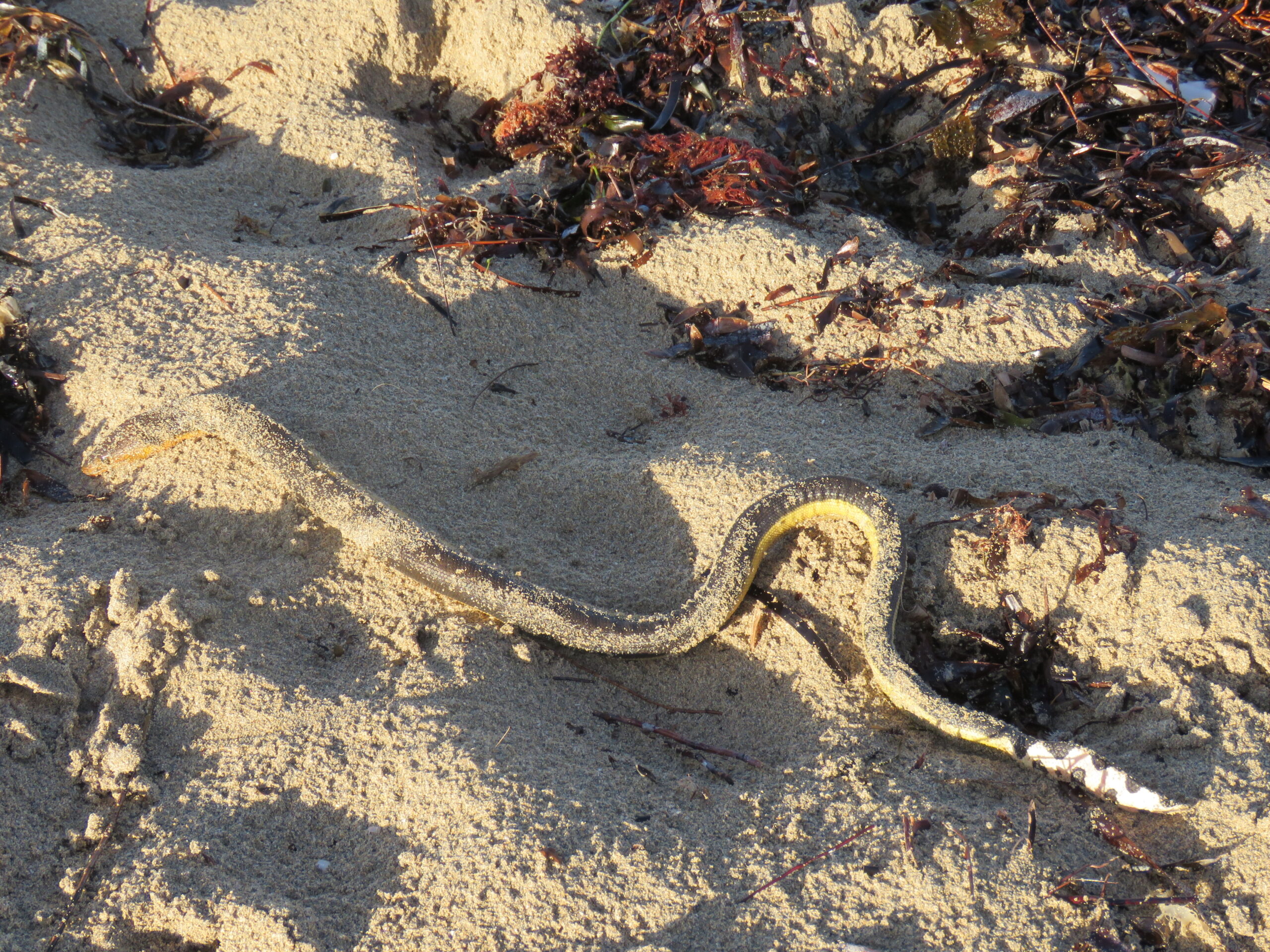
Stress represents perhaps the most significant factor behind feeding refusals during transfers. When moved to new surroundings, snakes experience significant physiological and psychological stress that disrupts normal behaviors, including feeding. Their stress hormones, particularly corticosterone (the reptile equivalent of cortisol in mammals), can remain elevated for weeks following a relocation. These stress hormones directly suppress appetite and digestive functions, as the body redirects energy toward vigilance and defensive capabilities. Even subtle environmental changes that humans might not notice—different air currents, unfamiliar scents, new sound patterns—can trigger stress responses in these highly sensitive animals. What’s particularly challenging for keepers is that many snake species have evolved to hide visible signs of stress, making it difficult to assess when a snake has fully acclimated to its new environment.
The Role of Environmental Cues
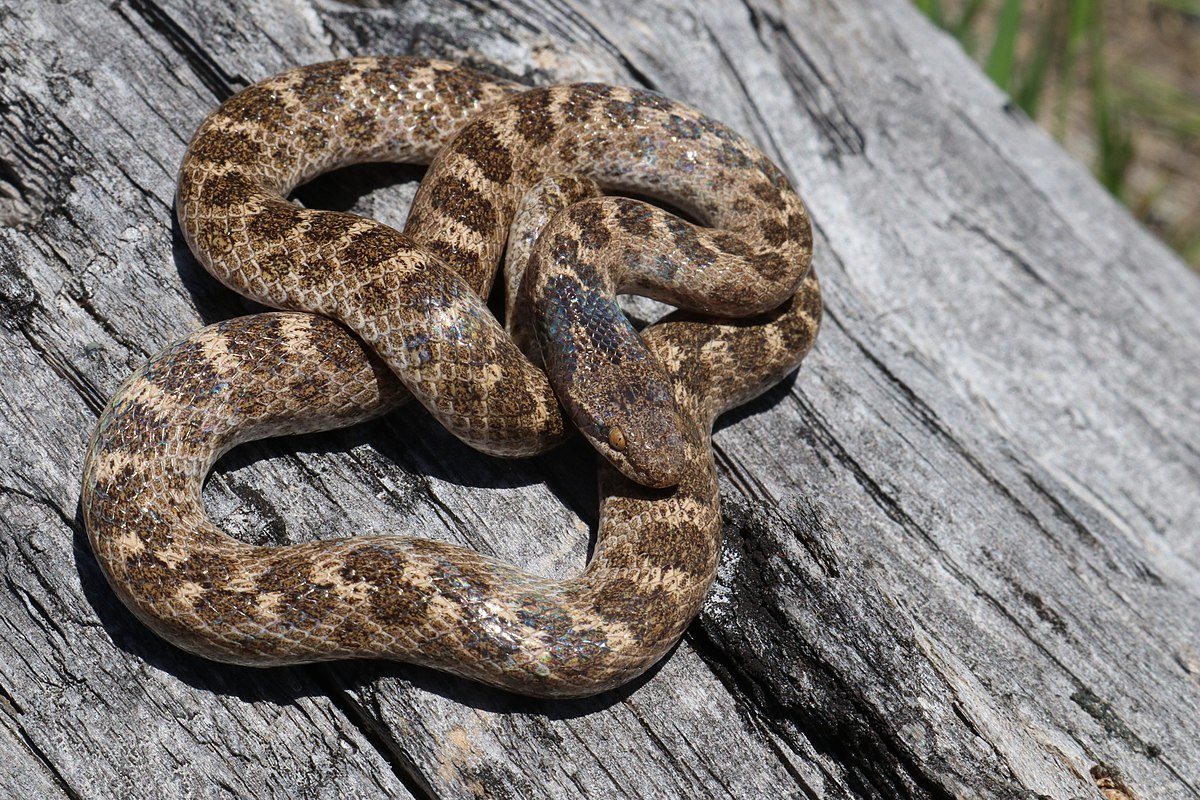
Snakes rely heavily on environmental cues to determine when and how to feed. Temperature gradients, humidity levels, light cycles, and substrate textures all provide critical information that influences feeding behavior. When transferred to a new enclosure, these environmental parameters may differ significantly from what the snake had grown accustomed to, even if the keeper attempts to recreate similar conditions. These subtle differences can disrupt the snake’s feeding responses. For example, a ball python that previously fed well might refuse meals if the ambient temperature in its new enclosure is just a few degrees different, or if the humidity doesn’t match its previous home. This sensitivity isn’t mere pickiness—these environmental factors directly affect a snake’s digestive efficiency and metabolic rate, making feeding decisions literally matters of physiological capability rather than simple preference.
Seasonal Influences on Feeding Refusals
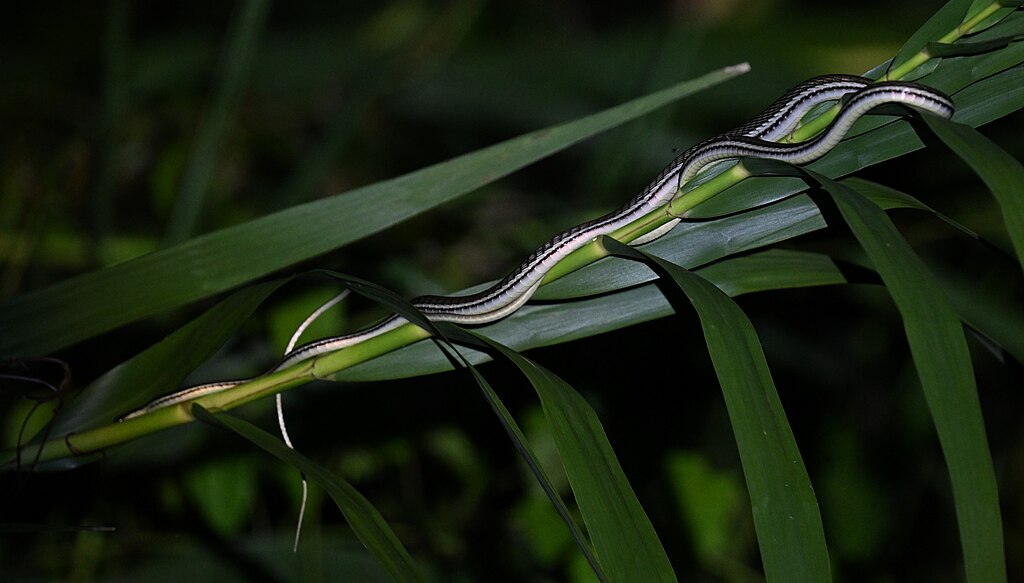
Many snake species exhibit natural seasonal feeding patterns that can coincide with and exacerbate transfer-related anorexia. Breeding seasons, brumation periods (the reptile equivalent of hibernation), and seasonal changes all influence a snake’s appetite and metabolism. If a transfer occurs during a time when the snake would naturally reduce feeding in the wild, the combination of seasonal appetite suppression and relocation stress can result in extended fasting periods. North American rat snakes, for instance, may naturally reduce feeding during winter months, and if transferred during autumn, might not resume regular feeding until spring arrives, regardless of the keeper’s efforts. Even tropical species housed in temperature-controlled environments often retain these innate seasonal rhythms, guided by subtle changes in light cycles or internal biological clocks that humans may not readily perceive.
Species-Specific Feeding Responses
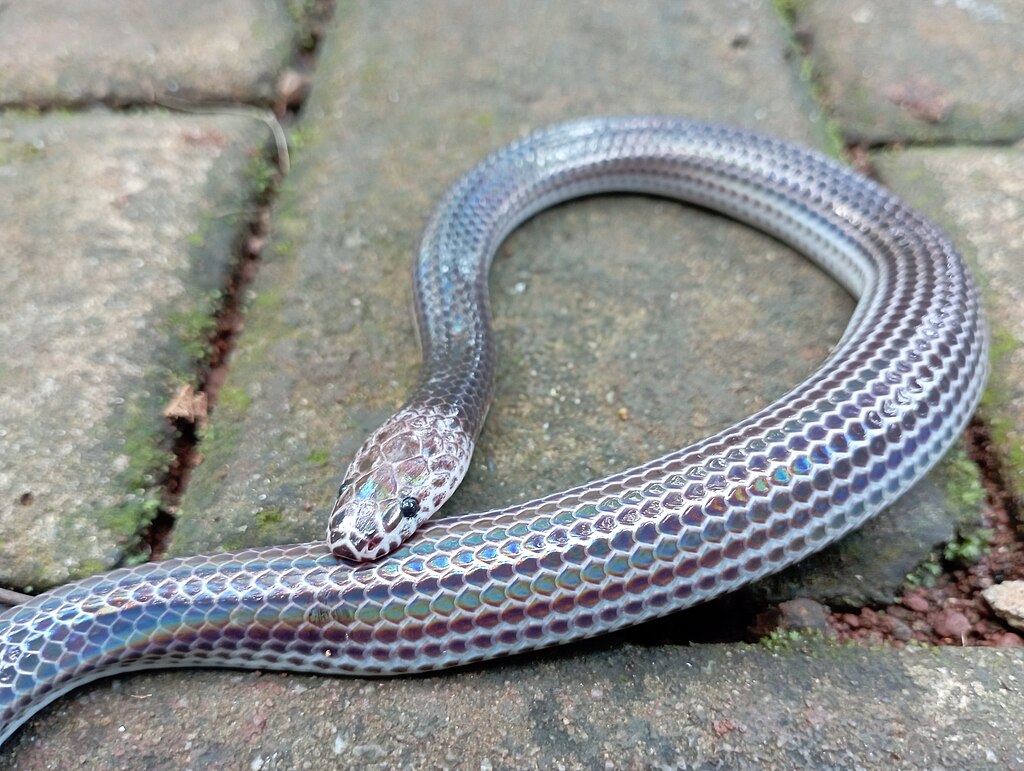
Different snake species respond to captivity transfers with varying degrees of feeding resistance. Ball pythons (Python regius) are notoriously sensitive to environmental changes and often refuse food for months after relocation. Their evolutionary adaptation to hide in burrows and wait out environmental disturbances makes them particularly prone to extended fasting. In contrast, species like corn snakes (Pantherophis guttatus) and kingsnakes (Lampropeltis spp.) typically adjust more quickly and resume feeding within weeks of transfer. Arboreal species such as emerald tree boas (Corallus caninus) often show extreme sensitivity to enclosure changes, sometimes refusing food for dangerously long periods if their vertical space requirements aren’t properly met. Understanding these species-specific tendencies allows keepers to set appropriate expectations and implement targeted husbandry adjustments based on evolutionary and behavioral tendencies.
The Impact of Handling and Human Interaction
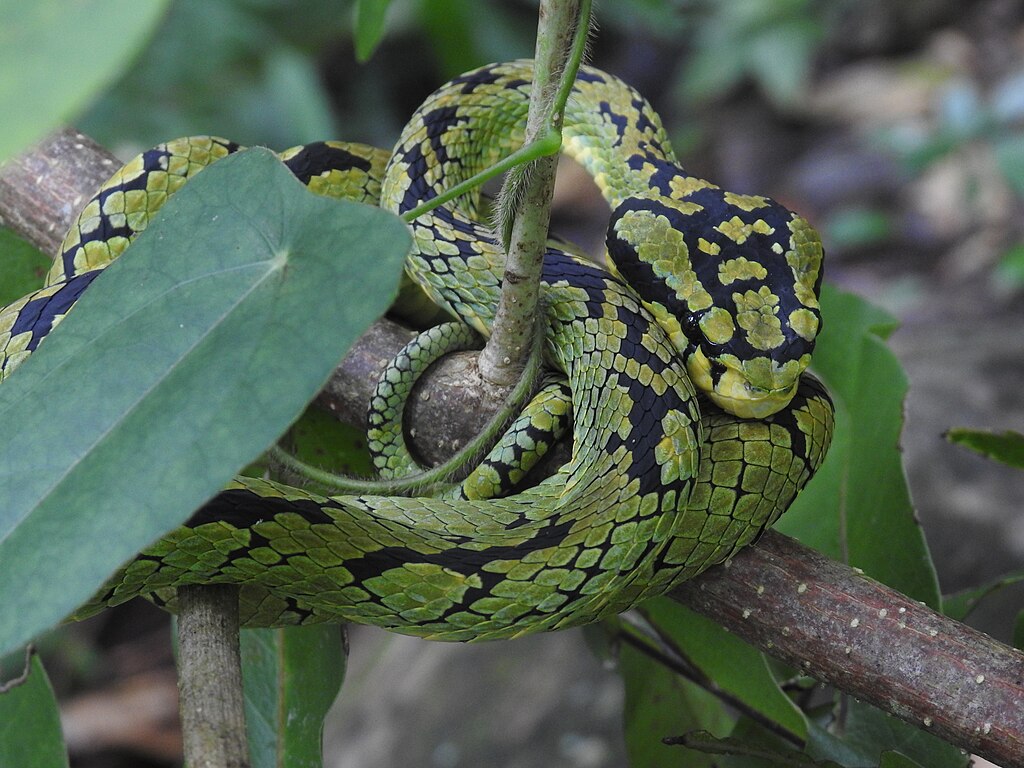
Human handling represents a significant stressor for many snake species, particularly after a transfer to new surroundings. While some captive-bred individuals tolerate handling well, even these snakes often need time to adjust to new keepers or handling techniques when transferred. Excessive handling during the acclimation period significantly decreases the likelihood of successful feeding. Each handling session essentially resets the snake’s acclimation clock, prolonging the stress response and feeding refusal. For particularly sensitive species, even routine maintenance activities like enclosure cleaning can prove disruptive enough to extend fasting periods. Researchers studying stress responses in reptiles have documented elevated stress hormone levels for up to 72 hours following brief handling sessions, demonstrating the profound physiological impact human interaction can have on snakes during transition periods.
The Importance of Hide Spots and Security

A sense of security proves crucial for snakes to resume normal feeding behaviors after a transfer. In natural settings, most snake species spend the majority of their time concealed, emerging primarily to thermoregulate, mate, or feed. Without adequate hiding opportunities in a new enclosure, snakes experience chronic stress that inhibits feeding responses. Properly sized and positioned hide spots that maintain appropriate microclimate conditions (temperature and humidity) significantly reduce acclimation time and feeding refusals. Research indicates that snakes with access to multiple secure hiding places that allow them to fully conceal their bodies resume feeding approximately 40% faster than those with inadequate hiding opportunities. The quality of these hides matters as well—they should be snug enough that the snake feels contact on multiple sides of its body, replicating the secure feeling of a natural burrow or crevice.
The Challenge of Scent Recognition
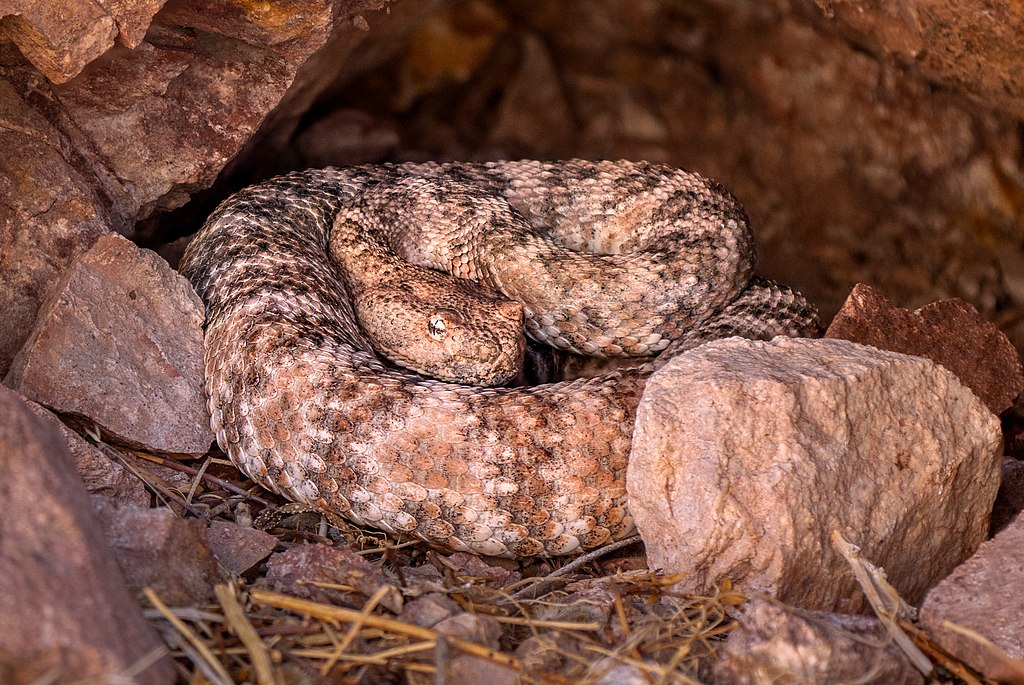
Snakes possess remarkably sophisticated chemical sensory systems, primarily through their vomeronasal organ and tongue-flicking behavior, which they use to interpret their environment. A new enclosure presents an overwhelming array of unfamiliar scents that can temporarily overwhelm this system. The scent profile of a new enclosure—from the substrate materials to the cleaning products used, to the ambient air—creates a completely novel olfactory landscape that the snake must map and become comfortable with before resuming normal behaviors. This explains why some snakes refuse prey items they previously accepted eagerly; the familiar food scent becomes lost in the sea of new olfactory information. Additionally, prey items sourced from different suppliers may have subtly different scent signatures that further complicate feeding responses during transitions, as the snake may no longer recognize these as appropriate food sources.
The Digestion Factor
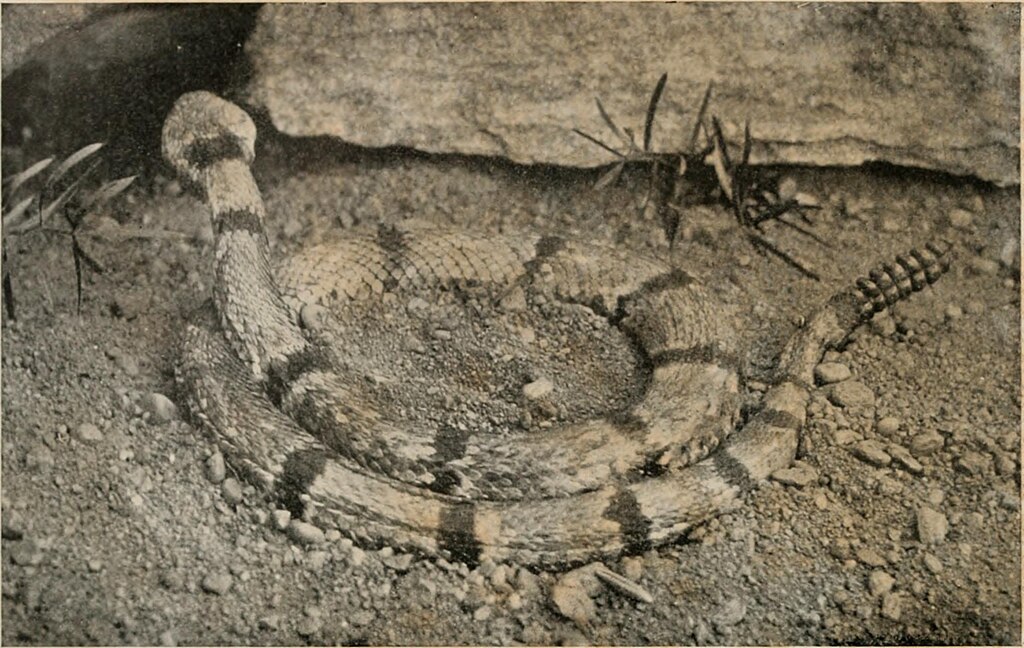
Snakes have evolved complex digestive physiology that responds directly to environmental conditions. When a snake perceives its environment as suboptimal or stressful, it may refuse food because its digestive system literally cannot function properly under stress. Digestion in snakes requires significant energy expenditure and specific temperature conditions to proceed efficiently. Under stress, blood flow is redirected away from digestive organs toward muscles needed for escape, making proper digestion physiologically impossible. This adaptation prevents snakes from consuming prey they cannot properly digest, which could lead to potentially fatal complications such as regurgitation or food rotting in the gut. From this perspective, feeding refusal represents not stubbornness but an adaptive physiological response that protects the snake from dangerous digestive complications during periods of environmental uncertainty.
Strategies for Overcoming Feeding Refusals
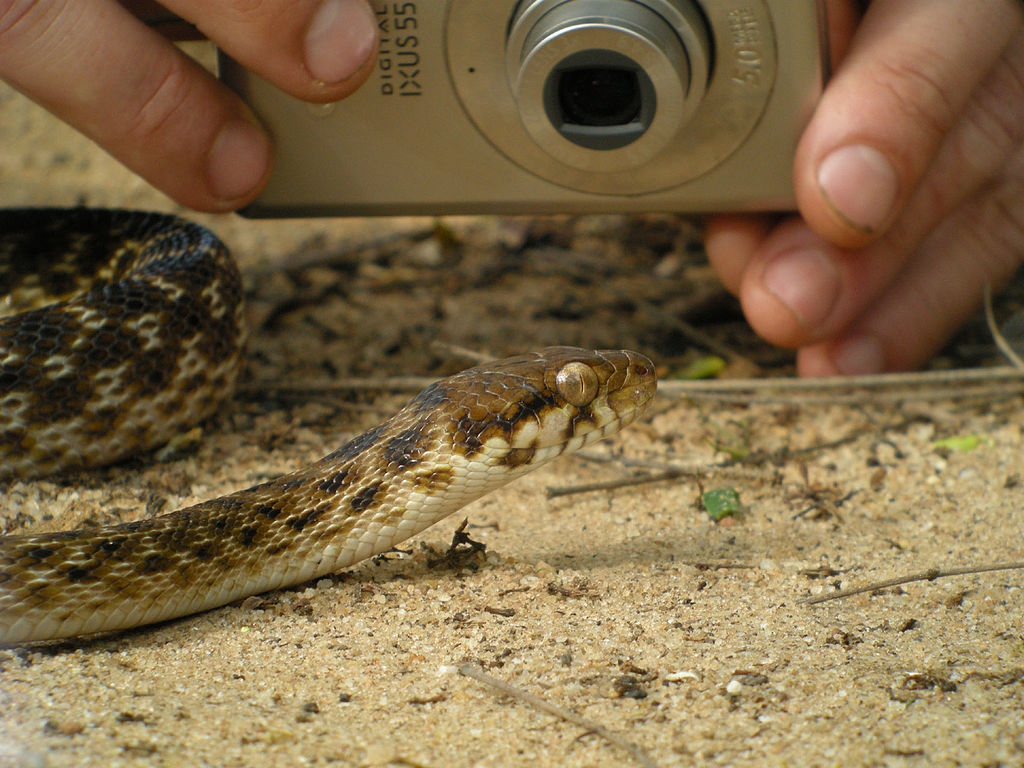
Experienced snake keepers employ various techniques to encourage feeding after transfers, though patience remains the most important factor. Creating a strict handling moratorium for at least two weeks after relocation gives the snake crucial time to acclimate without additional stressors. Maintaining precise environmental parameters that match the snake’s specific requirements—including proper temperature gradients, humidity levels, and photoperiod—helps establish conditions conducive to feeding. Some keepers find success with “assist feeding” techniques such as scenting prey items with particularly appealing substances (like chicken broth for some species) or using prey movement to trigger feeding responses. For particularly stubborn cases, temporarily housing the snake in a minimalist “feeding tub” with limited stimuli sometimes overcomes feeding resistance by reducing environmental distractions and creating a space specifically associated with feeding.
When to Be Concerned About Fasting
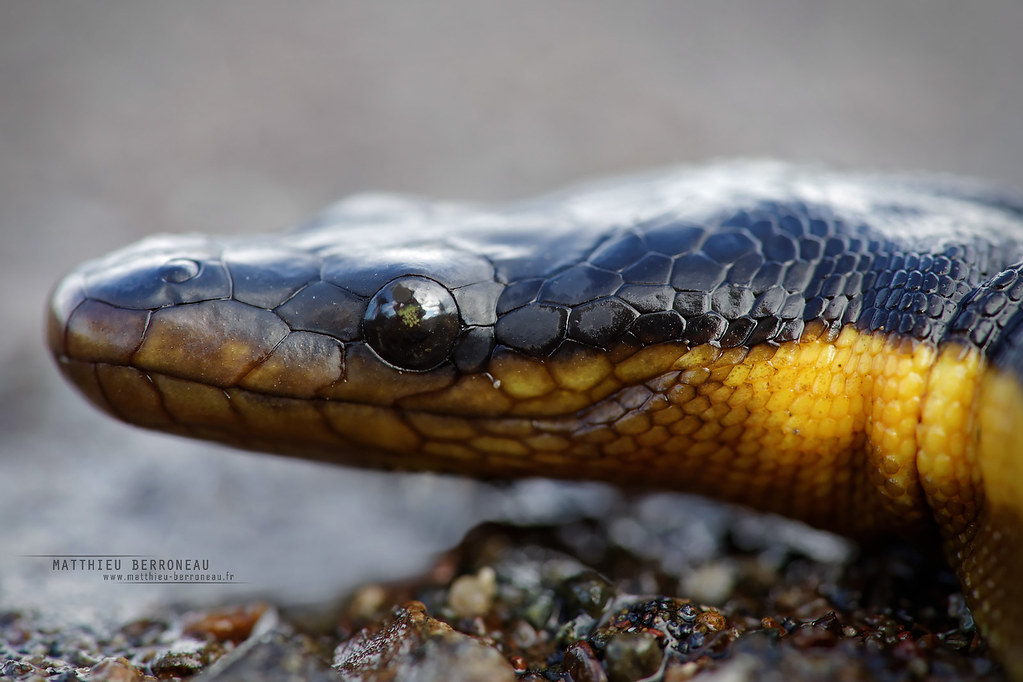
While extended fasting after transfers is common, keepers should know when a feeding refusal becomes potentially dangerous. The timeframe varies dramatically by species, age, and condition—a healthy adult ball python might fast for 6-8 months without medical concern, while a juvenile corn snake refusing food for more than a month warrants attention. Weight loss exceeding 10-15% of body mass, visible muscle wasting, sunken eyes, or loose skin all indicate a snake has depleted its fat reserves and requires veterinary intervention. Certain seasons and life stages also influence acceptable fasting periods; for example, post-brumation feeding refusals are more concerning than pre-brumation fasting, which often represents natural behavior. Regular weight monitoring provides the most objective measure of when fasting crosses from natural behavior into dangerous territory, with veterinary consultation recommended whenever significant weight loss occurs.
The Link Between Previous Experience and Feeding Responses

A snake’s history significantly influences how it responds to transfers and subsequent feeding attempts. Wild-caught specimens typically experience longer and more severe feeding refusals than captive-bred individuals that have grown accustomed to artificial environments. Similarly, snakes that have undergone multiple transfers in their lifetime often develop more resilient responses to environmental changes, sometimes adapting to new surroundings more quickly than those experiencing their first relocation. The quality of previous care also impacts feeding resilience—snakes raised in optimal conditions with consistent handling protocols generally adjust more readily than those from substandard conditions or inconsistent care regimens. This variable response to transfers based on individual history explains why seemingly identical snakes housed side by side might demonstrate dramatically different feeding behaviors after relocation.
Conclusion: Understanding Leads to Better Care
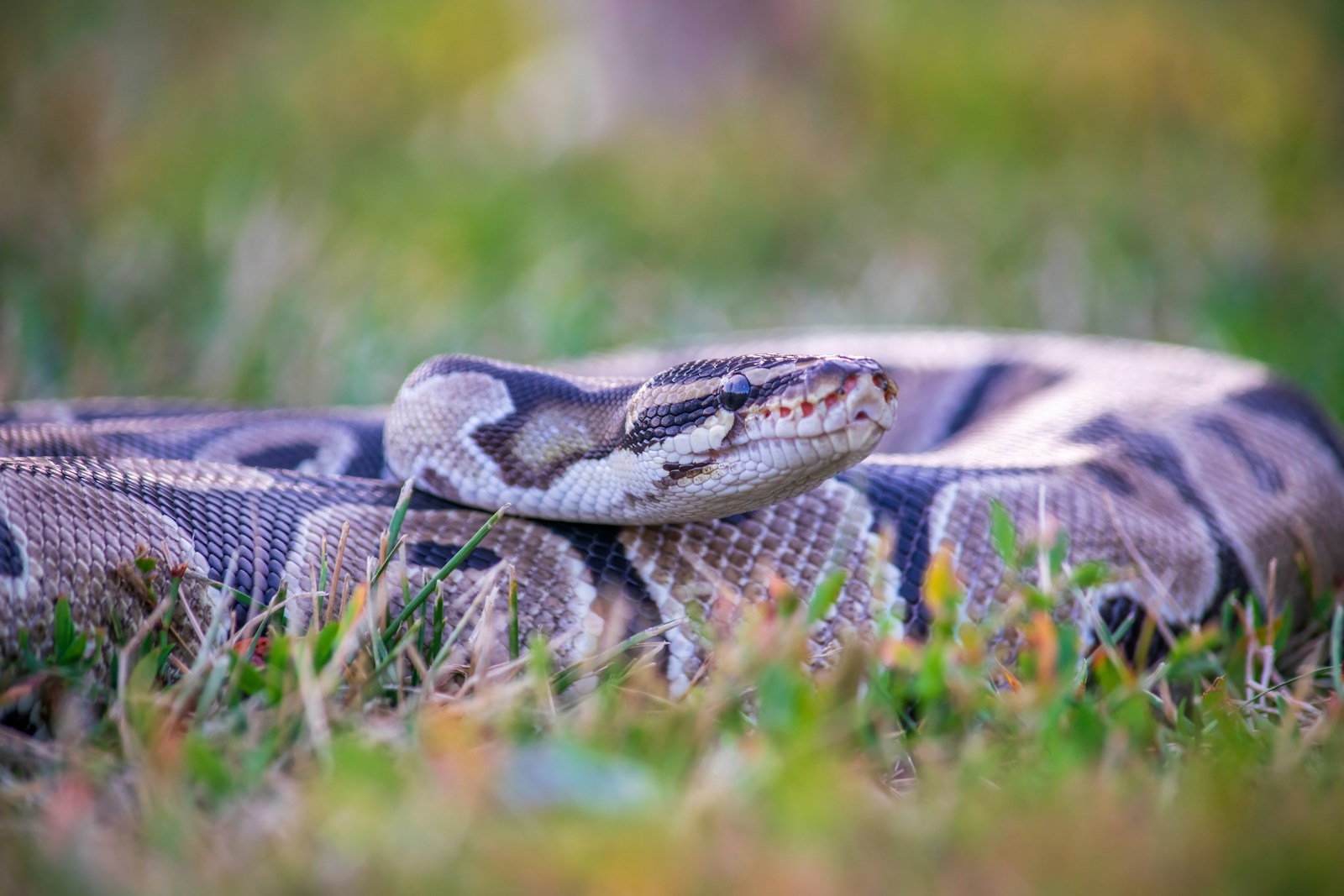
The tendency of some snakes to temporarily starve themselves during captivity transfers reflects the complex interplay between evolutionary adaptations, stress physiology, and environmental sensitivities. Far from being a simple behavioral quirk, this feeding refusal represents a sophisticated survival strategy that has served these animals throughout their evolutionary history. By understanding the multifaceted reasons behind this behavior, keepers can implement more effective acclimation protocols that respect the snake’s biological needs while minimizing health risks. The key takeaway for reptile enthusiasts should be patience—most healthy snakes will eventually resume feeding when they feel secure in their new environment. This waiting period, while sometimes nerve-wracking for concerned keepers, demonstrates the remarkable adaptability and resilience that has allowed snakes to thrive in diverse habitats around the world for millions of years.





